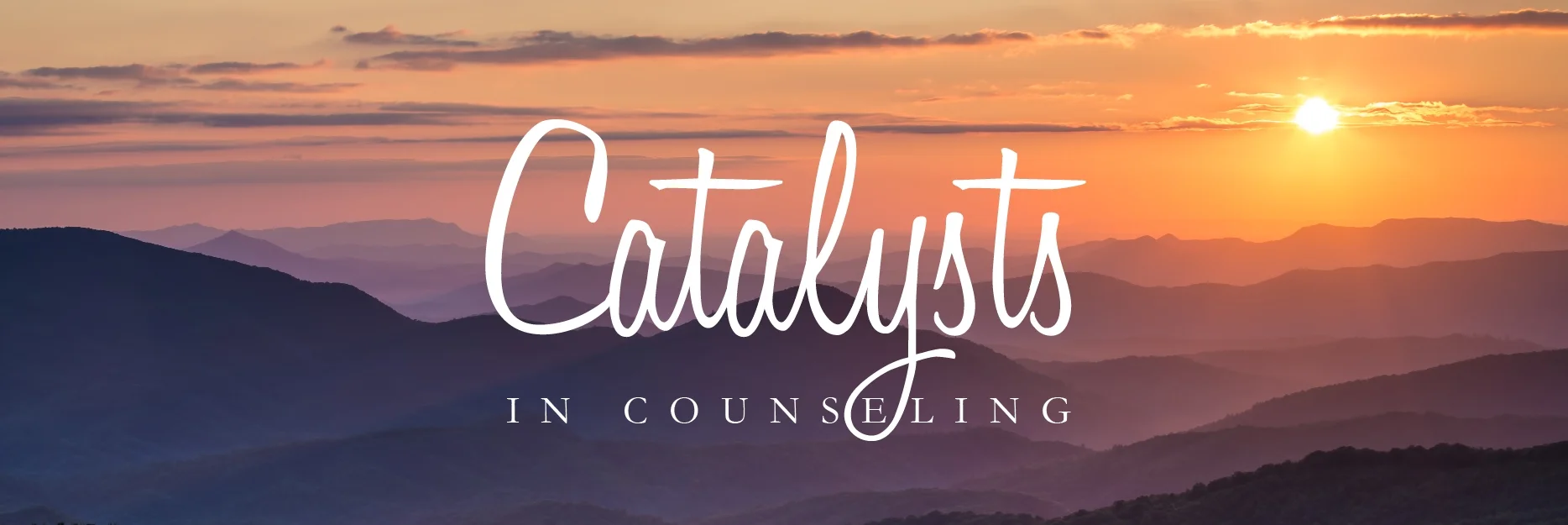Disclaimer: Medicaid in each State and Region have different expectations. I am not employed by Medicaid, therefore any information conveyed here is subject to change and should be further explored by you and your Medicaid Liaison. This blog is not meant to train or advise you on how to bill Medicaid for your services but as a base from which to understand an overview of generally accepted practices from a Medicaid standpoint in the State of Colorado with regards to paperwork compliance.
You hear the word AUDIT and maybe the first image you think of is an agent in the movie The Matrix. The uniform dress code, authoritative air, serious tone, and unreadable face? Perhaps you envision an auditor setting up camp in your office for three days straight, going through your files with a fine-tooth comb?
Reducing Audit Anxiety
Medicaid can be scary and it can also be rewarding in being able to work with the clients you love serve. Luckily, for many private practice therapists in Colorado who are Medicaid Providers, an audit doesn’t look quite as intense as a Matrix movie scene. In my experience so far, an audit request from Medicaid (at least in Colorado) comes in the mail and tends to be packaged as a request for several progress notes or documents on various clients, to then mail or fax back to Medicaid within 30 days for review. At that point, you would get a percentage grade of compliance and written suggestions for improvement going forward as a Medicaid provider. From this basic explanation, some of you are breathing a sigh of relief knowing that you have your paperwork ready and able to send off in a timely manner.
Solutions in The Super Six
But what about those of you who aren’t feeling so confident? To be honest, we know that the majority of therapists did not get into this profession for paperwork. You were called to this work to help others and to make a difference. In an effort to streamline your process and continue meaningful work with your clients, please allow me to introduce you to The Super Six paperwork items Medicaid (in Colorado) requires for compliance.
1) CCAR: Colorado Client Assessment Record
The CCAR is an administrative document that provides a snapshot of client functioning at intake, update, and discharge. It’s currently on hold indefinitely by State Medicaid who is reporting updates to their system as of July 1, 2018. So far any of you starting with Medicaid in Colorado, you are in the clear! And for those of you working with clients prior to July 2018, you’ll want to have a CCAR (or several) included in your client file.
2) Mental Health Assessment
Just as it sounds, the Mental Health Assessment is part of your formal intake to explore symptoms, client needs, and justification for a mental health diagnosis. It also serves as a temporary treatment plan as you continue to build rapport and in further sessions to refine and confirm your goals with your client. Mental Health Assessments cover a significant span of questions including mental health history, family history, legal involvement, substance use, trauma, developmental milestones, and more.
3) Treatment Plan(s)
A treatment plan is an outline of goals and means to make progress in therapy. Many therapists have adopted the SMART acronym as a framework for formatting a therapeutic treatment plan, which stands for Smart, Measurable, Attainable, Realistic, and Timely. Treatment plans should address the diagnoses given to a client at intake and reflect means of making progress towards those goals. Treatment plans should be updated regularly, recommended as every six months. Lastly, treatment plans should be personalized to each client including capturing in their own words what they would like to accomplish in therapy with you.
4) Progress Notes
The meat of the therapeutic file, progress notes provide the trail of progress made in the therapeutic relationship. An auditor expects to see what you contributed in each session as the provider, the client’s response to the therapeutic interventions offered, the progress made in each session, and the intention of future sessions. SOAP or DAP notes are an acceptable format with some minor tweaks for Medicaid compliance.
5) Discharge Summary
When a client in no longer working with you in therapy, planned or unplanned, Medicaid desires a summary of the client at discharge. This document tends to be placed at the top of a file as a snapshot of closure from services including frequency of sessions, medication(s) at time of discharge, recommendations, and designation of discharge as positive, negative, or neutral. Designation can be interpreted by you as the therapist, with some examples being a positive discharge if finished with their identified goals, negative discharge if the client disengaged or ghosted therapy, or neutral for when a client changes insurance funding or moves out of state, preventing them from continuing in therapy with you as their provider.
6) Medicaid Client Rights
The last of The Super Six is a document provided by Medicaid as providers are contracted and approved to see Medicaid members as clients. Similar to your own mandatory disclosure statement, the Medicaid Client Rights is a document that outlines your client’s rights in using Medicaid for medical and mental health services, including items such as each member has the right to the best fit therapist, right to access their file, right to file a grievance, and more.
The Evolution of EHR
So you’ve got the paperwork down, knowing that Medicaid still loves paper files and client signatures throughout. But what if you are wanting to go paperless with an EHR (Electronic Health Record)? The good news is that EHRs have really simplified paperwork compliance, allowing the writing of notes, signing of documents, and billing of claims, all with the click of a button! With that being said, you will still need to modify templates in any EHR you use, knowing that they aren’t automatically Medicaid compliant.
Some suggested modifications and tips for EHR and compliance include:
a. Identifying the place of service on your session progress note (i.e. office, community, group home, client home)
b. Ensuring your full legal name and credentials are reflected in the note as you lock it to electronically sign it
c. Writing and signing/locking your notes within seven (7) business days of the completed session
d. Indicating the next scheduled session with full date and time to show intention of continued therapeutic work
e. Including the Medicaid number/identifier for your client in each note
Final Tips for Avoiding an Audit
The paperwork may feel cumbersome, but if you can master it, you can master any other private insurance’s requirements for compliance as many find Medicaid to be the most rigorous! Allow yourself to adopt new strategies to refine your paperwork process and feel confident that you can pass an audit! Keeping confidence in mind, here are some final tips to help you master Medicaid!
1. Never collect money from a Medicaid client or their family
2. Obtain client signatures on your Mental Health Assessment and every treatment plan
3. Be cautious of billing case management if working within a traditional outpatient therapist role, this is one element that increases risk for audit due to others’ misuse.
4. Be sure to explore compliance needs within your state and region and move forward implementing changes as soon as you become aware of them
You’ve done it! You’ve utilized this blog as an initial framework and checklist for Medicaid Mastery and Audit Avoidance! Congratulations on your hard work and welcome to the Medicaid family!











